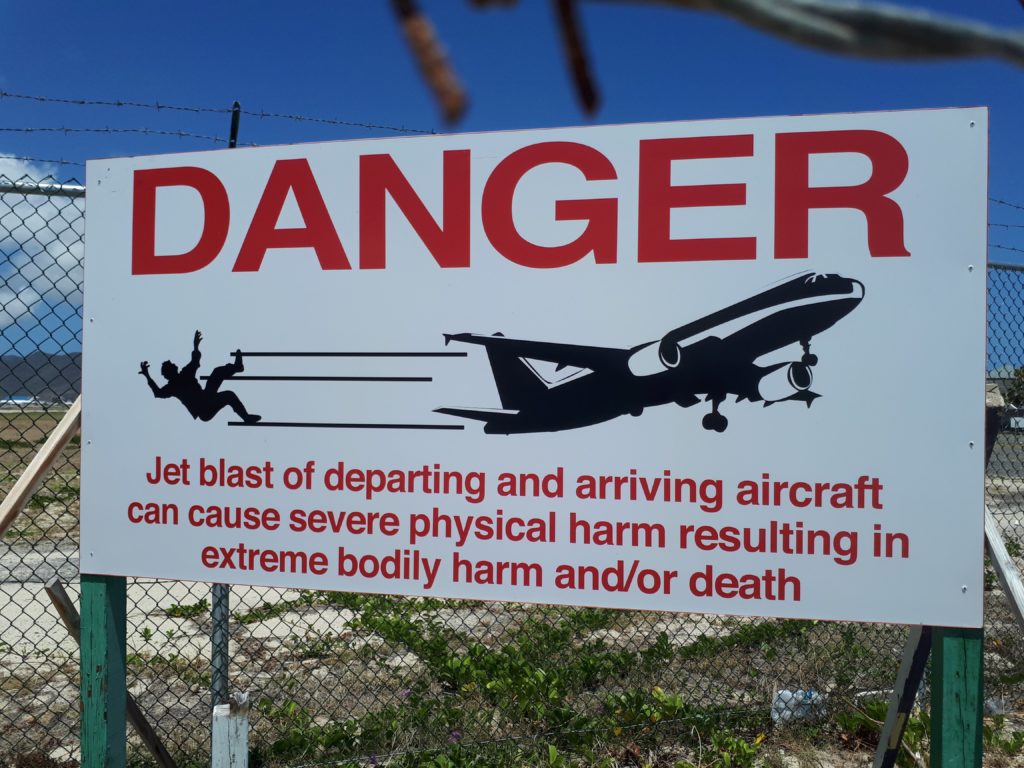When you enter Martinique you stroll across to a marina, ships handler or cafe and fill in a formula online and get it stamped by an employee. Leaving the country is just as simple.
When you enter or leave Antigua you fill out everything online then go to one office at the port of entry where they print the stuff out and you sign it.
When you enter Curaçao you can also fill everything out online. This doesn’t change the fact that you have to travel to the offices in Willenstad. The offices are right next to the dock but you aren’t allowed to enter the port so you anchor in Spanish Water and take a bus in to the town and then walk to the customs building. There you find a sign saying they have moved so cross a canal (this was a dutch colony) and look for the office down a side road, up some stairs and round a corner. There are of course no signs.

At customs you tell them that you filled everything out online so that they only ask you a few more questions, ask to see proof you left the previous country, check all your papers and then give you a clearance form. They then send you on to immigration in the blue building you can see from their window. Walk downriver, cross two more canals and the river (by ferry or swinging bridge) and then walk back up river to the blue building. Fail to find immigration so ask someone who points at the green building.
You can also tell Immigration that you have filled out everything online but they don’t care so you get lots of papers to fill out by hand. Do that. Give them all your papers and passports and receive more papers in return. Ask where the Harbour Masters office is and be directed upstairs in the blue building. Also be told that the harbour master closes from 11:30 until “twoish” for lunch so you just missed them.
Enjoy the unexpected long lunch break before returning at “twoish” to discover that the entire office has taken today (Friday) off as yesterday was a holiday but will be back on Monday.
By Monday we had decided to sail to Bonaire so we revisited customs and immigration again and went through the whole process again. Practice makes perfect.
A week later we were back in Curaçao so bus, customs and immigration again. Customs had us in their system so that was easy but immigration had never heard of us so we filled everything out again. Then off to the harbour masters office. This time they were open and only to happy to issue an anchor permit as long as we told the lady on exactly which day we intended to be in which anchorage (and in one case which part of the anchorage) and for how long and were willing to pay $10 per anchorage. Of course we could change our mind at any time as long as we personally took the bus back to her office and told her (and paid some more dollars).
I don’t think Curaçao is really trying to encourage cruisers.











 The anchorages are definitely beautiful. In English Harbour you anchor off a restored georgian boat yard where you expect to see Nelson coming round the next corner. It is very scenic but at the same time a working yard with sail makers and chandlers. We were there for the start of Antigua week so also experienced it as an outdoor disco with unbelievably loud music. Even in bed on board we could “feel that bass” until four thirty in the morning.
The anchorages are definitely beautiful. In English Harbour you anchor off a restored georgian boat yard where you expect to see Nelson coming round the next corner. It is very scenic but at the same time a working yard with sail makers and chandlers. We were there for the start of Antigua week so also experienced it as an outdoor disco with unbelievably loud music. Even in bed on board we could “feel that bass” until four thirty in the morning.




